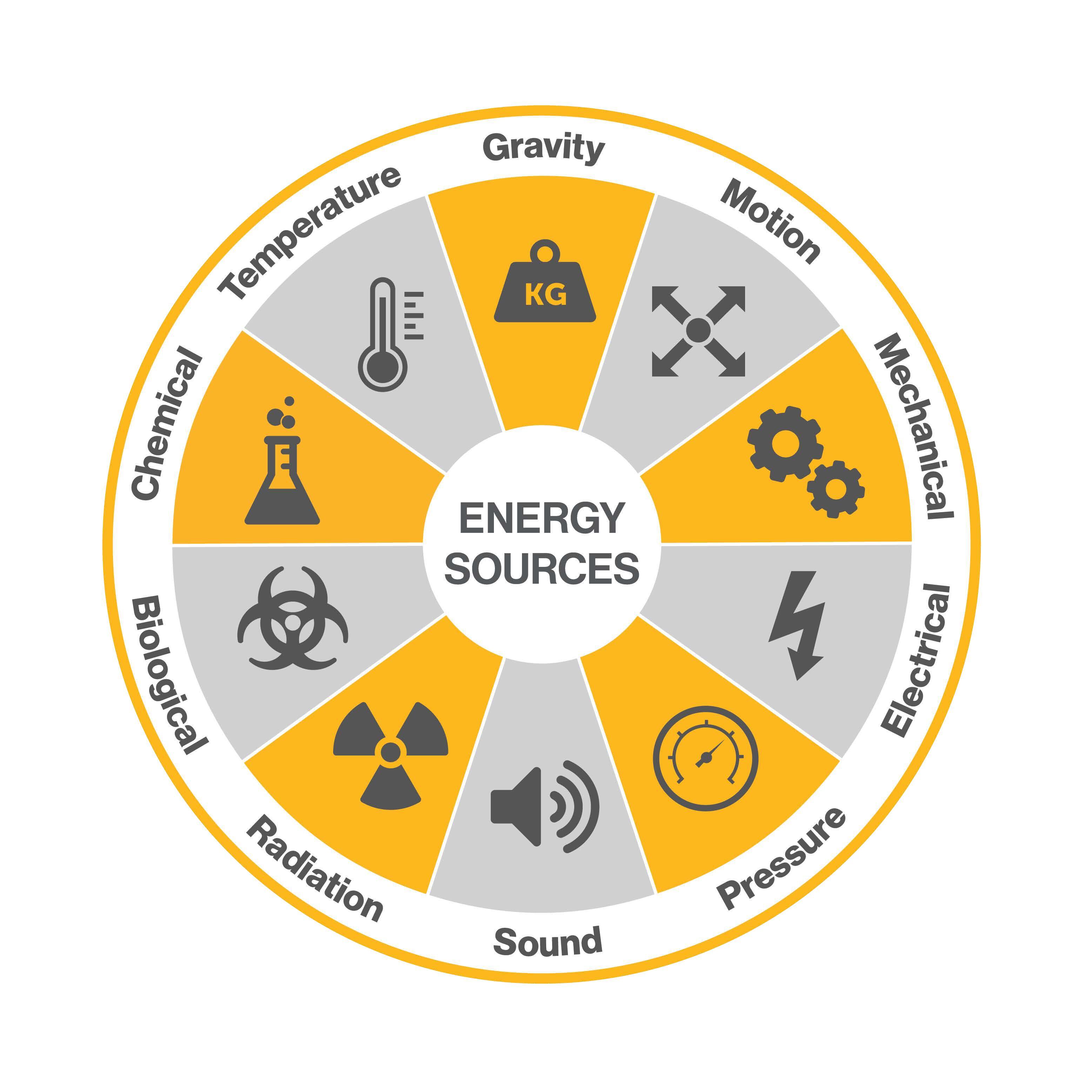Last week we wrote about circadian rhythm, a 24 hour natural cycle of changes that the body goes through, and it’s effect on sleep and fatigue. We know that our circadian rhythm dictates that we should be sleeping at night and awake during the day – In an ideal world that would be the case, but the reality is many people work in 24/7 environments which require them to challenge their body’s natural sleep and wake inclinations.
Learn everything you need to know about fatigue in the workplace in our Fatigue Management Guide. Read it now.
We work with a variety of industries and organizations who operate these 24/7 environments, to make sure workers are being scheduled in a manner that minimizes on the job fatigue and provides sufficient opportunity to sleep – so they can work as efficiently and safely as possible, regardless of what shift they are on.
The companies we work with do their part to reduce on the job fatigue, but to this end, it is also important that individual employees take advantage of the sleep opportunities provided to them. While it is not always easy to go to sleep during the day when your body wants to be awake, there are steps you can take to help get the best sleep possible:
Communicate with family and roommates – Talk to them about your schedule and what your needs are. Post a calendar in the house with both your work and sleep schedule, so that everyone will understand when you will be away and more importantly, when you will need to sleep.
Be consistent with your sleep – If you are always working the same shift, be consistent with your sleep schedule. Go to bed and wake up at the same time, regardless of whether it’s your day off or not.
Plan for change – If you work rotating shifts, plan ahead to change your sleep schedule by gradually delaying or advancing your sleep and wake up times towards the new shift for a few days. If you’re starting on a series of night shifts, try to take an afternoon nap before the first night shift.
Stick to daytime eating schedules – Have your heaviest meal during the day time, but don’t drink or eat too much within three hours of going to sleep. If you are working nights and need a snack, stay away from heavy, fatty foods which your body will have trouble digesting. Choose lighter options including fruit, vegetables, whole grains, low fat dairy and lean proteins, but don’t eat after 3 AM.
Get ready for sleep – Spend some time winding down and sending your body signals that it is time to go to sleep. Do relaxing activities, like reading or stretching, limit your exposure to sunlight and take a shower or bath. Don’t watch TV or spend time on the computer or smartphone. Avoid both coffee and alcohol.
Create a sleep zone – Making sure you limit outside noise and stimulation is particularly important if you are trying to sleep during the day. Use black out curtains on windows to eliminate natural light and use earplugs or turn on a fan in the room to mask outside noise.
We can’t change our biological predisposition to want to sleep at night and be awake during the day, but we can certainly apply our scientific understanding of it to reduce the impact of shift work on the quantity and quality of sleep we get in our 24/7 lives.




